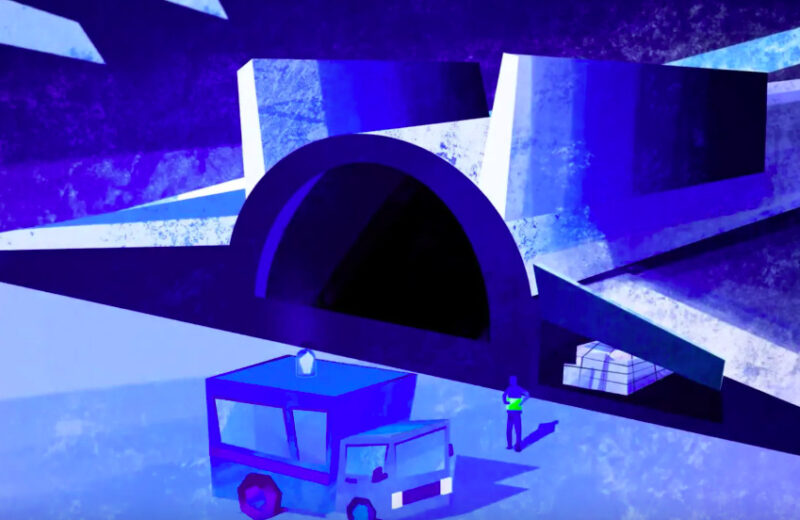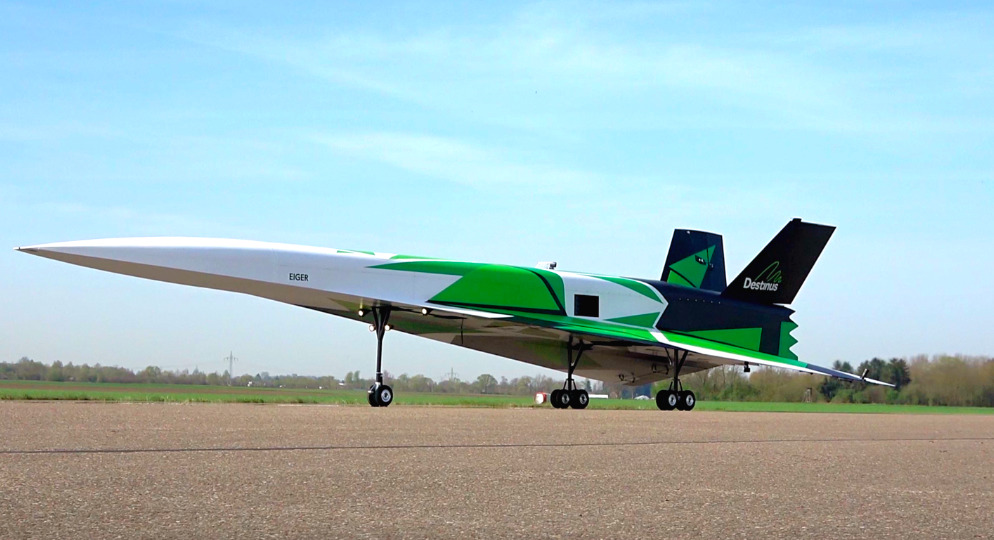Destinus to fly ‘world first’ hydrogen afterburner configuration

This month Destinus will begin flight testing its hydrogen afterburner, “a world first” for an aircraft in this configuration, it said.
Last November, the Swiss hypersonic hydrogen aircraft OEM built and ground-tested a hydrogen afterburner. After successful results, the tests will now move into the air. Martina Löfqvist, senior business development manager, Destinus, told Revolution.Aero the tests are an important step in the firm’s propulsion roadmap. “Our plan is to focus on hydrogen afterburner developments in combination with commercial jet engines. This first half of the year, we will also be testing several engine components, such as injectors and compressors, with gaseous hydrogen.”
Destinus will also set up a liquid hydrogen ground test facility in Switzerland by the summer to move the propulsion component tests from gaseous to liquid. Development is also continuing of the firm’s autopilot system, which it fly it on a small prototype. “We’ve completed the tests with an electric vehicle and are currently testing it on a jet-engine-based drone. We’re then considering flying this system on Jungfrau before integrating it on our supersonic prototype,” said Löfqvist. In June, Destinus will be showcasing developments at the Paris Airshow.

Destinus’ Eiger prototype, named after a Swiss peak, is the second in a series of testbeds developed by the firm. (credit: Destinus)
In the interests of time to market, Destinus is focusing on developing hydrogen afterburners to attach to commercial off-the-shelf jet engines. “This is a faster approach than developing the full engine, and it will allow us to fly and go to market quicker,” said Löfqvist. However, it does have a team dedicated to the design of engine components, such as injectors, compressors and turbopumps. “Since this will be valuable for learning, and we might need to develop the full engine ourselves in the future since the large airplanes require a lot of power, which existing commercial engines cannot fulfill. In any case, this will be decided at a later point,” she explained.
The firm is also developing a Star Wars-esque technology which will using hydrogen will actively cool the leading edges of the aircraft. Cooling the airframe is essential when travelling at the speeds Destinus are building towards. “We’re now doing some experimental tests of some heat exchangers. We also started the assembly of the H2 heat exchanger,” said Löfqvist.
For the latter half of the year, the most significant milestone will be the first flight campaign of its supersonic prototype, according to Löfqvist. It will first fly with a jet engine at subsonic velocities towards the end of this year. “We will then integrate a hydrogen afterburner to reach supersonic velocities by the end of 2023 or early 2024. In preparation for this, we will build hydrogen infrastructure at a selected airport, including liquid hydrogen storage, refuelling capabilities, and logistics,” she said.






